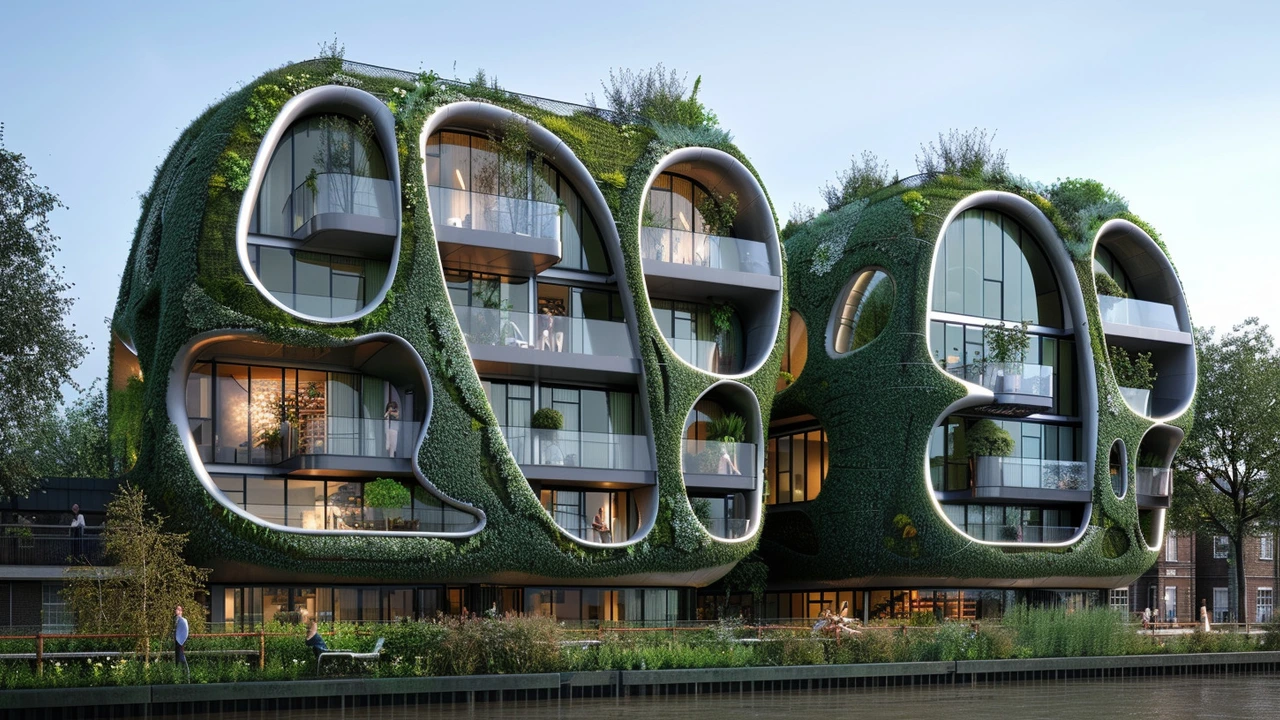Green architecture: Practical guide to sustainable design
Green architecture cuts energy use, improves comfort, and often saves money over time. Want a home or building that uses less energy, feels better to be in, and leaves a smaller footprint? This page gives simple, practical steps you can use now—whether you’re planning a new build, renovating, or managing an older property.
Core principles you can use
Start with orientation and passive design. Pointing living spaces and large windows toward the sun in cold climates and shading them in hot climates reduces heating and cooling needs. Add insulation where it’s cheap and effective: walls, roof, and airtight windows cut heat loss fast.
Choose systems that match your building’s needs. A properly sized heat pump or high-efficiency HVAC saves energy and improves comfort. Combine that with good ventilation and heat recovery to keep indoor air fresh without wasting energy.
Pick low-impact materials. Look for recycled content, locally made products, and low-VOC finishes to cut pollutants and transport emissions. Timber from responsibly managed forests and reclaimed materials often give good results without huge cost increases.
Water matters too. Simple fixes—low-flow fixtures, rainwater capture for irrigation, and smart landscaping—cut bills and cut demand on local water systems.
How to start: hands-on tips that work
Do an energy audit or simple walk-through first. Identify the biggest energy leaks—old windows, thin insulation, or an inefficient furnace—and fix those first. These usually deliver the largest savings per dollar.
For small budgets, focus on sealing air leaks, adding attic insulation, and upgrading lighting to LEDs. Those three moves often pay back within a few years.
Thinking bigger? Consider solar panels, a green roof, or a heat-recovery ventilator. Solar reduces electricity bills and can pair with battery storage. Green roofs lower summer cooling needs and extend roof life, while also helping manage stormwater.
If you’re renovating a historic or old building, prioritize reversible interventions: add insulation inside roof spaces, install secondary glazing, and use breathable materials so the structure can dry out. You can modernize without destroying character.
Look at certifications only as tools, not rules. LEED, BREEAM, and Passive House offer useful checklists and performance targets. If full certification is too costly, use their standards as a guide to measure real performance.
Last, measure results. Install a smart meter or monitor energy use by month. Small changes add up, but you’ll only learn what worked by tracking numbers. Share what you learn with neighbors or your project team—green design works best when ideas spread.
Green architecture isn’t a single style. It’s a set of choices you can make today to cut energy, improve comfort, and protect resources. Start small, aim for clear savings, and build from there.

Neo-Futurism in Urban Development: A Pathway to Sustainability
In the quest for sustainable city landscapes, Neo-Futurism emerges as a beacon of hope and innovation. This article explores how Neo-Futurism, with its forward-thinking designs and technology-driven solutions, is revolutionizing urban planning and architecture. It delves into the crucial role of Neo-Futurism in creating sustainable, efficient, and aesthetically pleasing urban environments for the future. Readers will uncover the principles underpinning this movement, its benefits for urban development, and real-world applications that demonstrate its potential in crafting the cities of tomorrow.
Read more